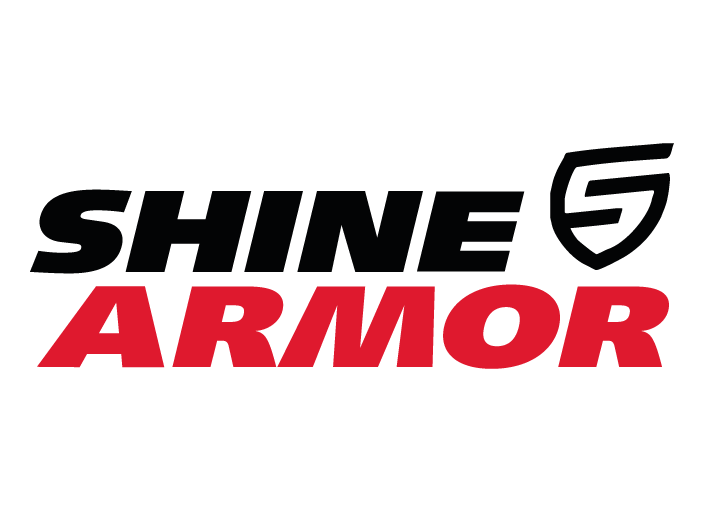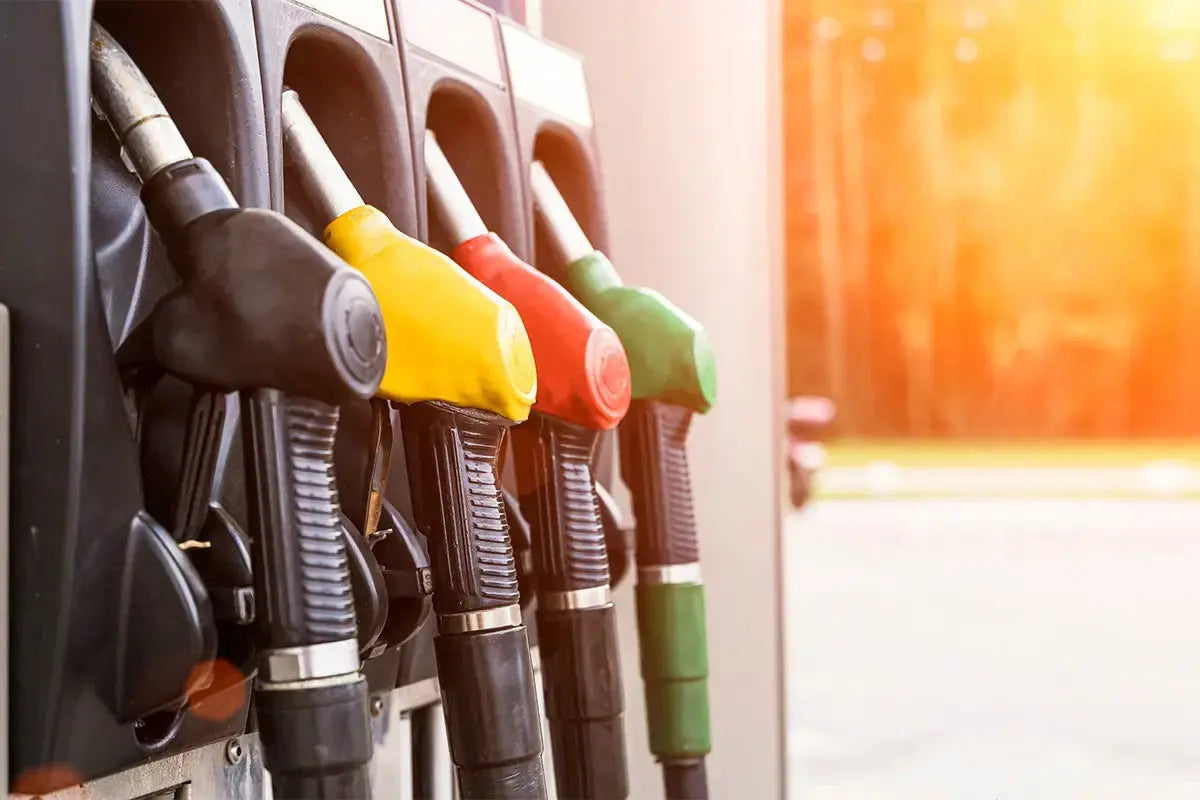
Fortunately, there are plenty of ways to rejuvenate your car to keep it running for years and years, and when it comes to fixing up the paint, this process is called paint correction. This is the process of stripping the exterior of your car of its top layer, where all of those scratches and marks accumulate, polishing the base coat, and then finishing the job with a premium quality coating product.
If all of that sounds easy, believe us, it isn’t. Proper paint correction takes experience, high-quality tools and products, and a steady hand. It isn’t impossible though, and if you don’t want to take your car into the shop, then there are ways you can do it yourself at home.
Read on to learn more in this article of shine armor blog!
What You’ll Need
Doing a proper paint correction requires a lot of skill, but it’s also important to have the best products you can. You don’t want to work on the outside of your car with janky gear because you probably won’t end up with a product that you like, and then you’ll definitely have to take it to the professionals and hope they can fix it.
You’ll want to get yourself an electric buffer if you don’t have one already. The first step of paint correction is removing the topcoat, and doing this by hand will take forever and most likely not be as smooth as you want it.
Along with the electric buffer, make sure to get high-quality pads, both buffing, and polishing. The high-quality options will help get you the slick finish you’re working so hard to get.
You’ll also want to get a pack of microfiber towels. Before, during, and after the process, you’ll be cleaning off the exterior of your car, and quality hand towels will make a big difference. Speaking of which, you’ll want a strong car wash soap to really make sure the surface of your car is spotless.
You don’t want to accidentally run the buffer over any plastic or glass pieces like your headlights or windows, so use a roll of masking tape to edge off these sections.
After you strip off the topcoat, the next step is going to be putting on a protective coating of some sort. We recommend using a powerful ceramic-based product instead of a traditional wax due to its long-lasting formula and generally stronger protection.
you can see these car detailing products in shine armor:
- Shine Armor Vacuum Cleaner
- Shine Armor Graphene Ceramic Spray
- Spray Wax Quick Coat for Cars
- Performance Booster Oil Additive
- Armor Suds Graphene Shampoo
How To Do Paint Correction at Home
The process for paint correction involves a number of toxic chemicals, especially the paint particles that come off when buffing the top layer of your car, so it's always important to wear a protective face mask and eye protection.
Before you begin working on your car, make sure that you’re covered in safety gear, and if you get any polish on your skin, have somewhere that you can wash off immediately. Work outside or in a well-ventilated space to avoid dangers from the fumes.
Start With a Clean Car
As we mentioned before, you don’t want to do anything until your car is squeaky clean. This is because dust and dirt will collect on the polishing pad when you work around your car and will actually scratch up the paint pretty terribly. Make sure every inch of where you’ll be doing your paint correction work is completely clean.
Once you’ve scrubbed your whole car down, tape off the light covers and the edges of your windows to make sure you don’t scratch them in the process.
Begin Leveling The Top Coat
Using the electric buffer and a cutting compound on the buffing pad, work your way slowly around the car. Make sure to follow the instructions on the buffer and polish product when it comes to how much to use at a time.
Take your time with this process as you want the surface to be entirely even. Replace the pad regularly as they can wear down and give you an uneven finish. Make sure to get every inch of your car’s exterior as much as you can.
Work in the Polish
Switching over to polishing pads, you’ll want to apply your polish to the electric buffer and begin working out every panel of your car. Again, follow the instructions on the product for the best results.
Don’t just work aimlessly around the car for this step; make sure to push the buffer in the direction of the shape of your car's body. The polish will be a smooth top layer, but working it in with the motion of the car's design will help the surface really shine.
As before, make sure to change out the polish pads for new ones regularly. How much you polish will depend on how much you pulled off from the topcoat.
Apply The Ceramic Shield
While some people might still want to use a traditional wax at this point, we strongly recommend using a ceramic shield product instead to seal the exterior. Wax only works for a brief window of time compared to ceramics and doesn’t have the same level of protection.
Ceramic coating can provide resistance from scratches, light damage, and dirt for years, and it’s really not difficult to apply. Follow the instructions on the product you're using and bask in the beauty that you’ve brought back to your car.
Tips for Getting The Best Final Product
Paint correction isn’t particularly easy- Removing the topcoat on your car takes practice, which is hard to do unless you have friends who don’t care what their car looks like and let you go to town on their vehicles.
But it doesn’t have to be an intimidating process, and doing it yourself saves a ton of money when you look at how much it would cost you to take your car to the shop. Here are some tips that will help ensure that your car is as shiny and clean as possible when you’re all done.
Practice on Something
Alright, it’s more than likely not going to be your friend's car, but practicing the sweeping motions you need with the electric buffer is going to make a big difference when it’s your car you’re working on.
Even something like a door panel would do the trick, just to get the movement and pressure down.
Use Fresh Gear
Definitely don’t try to use an old polish or buffer pad for any of this. There’s a reason we keep mentioning that you need to replace the pads regularly. Using clean, new pads will reduce any negative scratching or damage you could do.
Also, make sure to only use clean microfiber towels. They don’t need to be brand new, but always wash your towels after doing something with them so that you know that they’re clean when you need them.
Work When it Isn’t Too Hot or Cold
The polish and ceramic shield products you’ll use need to be applied when the car is dry and in an appropriate environment. Too much heat will cause them to dry too slowly and even unevenly, and too cold will be similarly damaging.
Try to do all of this with a decent amount of shade so that your car can stay nice and cool, especially if you’re outside.
Continuous Motion Is Key
When you’re working with an electric buffer, you never want to leave it in one spot for too long. Whether you’re buffing or polishing, this will quickly create an uneven finish that will be tricky to fix once it’s set.
Make sure that you have smooth, continuous strokes with the electric buffer while working your way around the car. Keep the speed of the buffer at a consistent speed and never let it slow down while still in contact with your car.
The Correct Answer
Car paint correction is a great way to shave off a few years from your car's exterior. When properly done, you can wave goodbye to swirl scratches, stains, and hazy paint spots. It isn’t the easiest thing in the world, but with patience and proper equipment, you can definitely get your car back to its glory days at home.
Always use high-quality products when working on your car's exterior, like the buffing pads, the ceramic shield coating, and even the car wash soap you use. This will make sure that when you’re done working on your car, you won’t need any mirrors in your home anymore — you can just use the hood of your ride.
Sources:
Painting Tasks: Painters and Repairers Education Program | Yale Medicine
How to Wash Your Car | Consumer Reports
Bring Back Your Vehicle's Shine with a Car Buffer | Car and Driver





